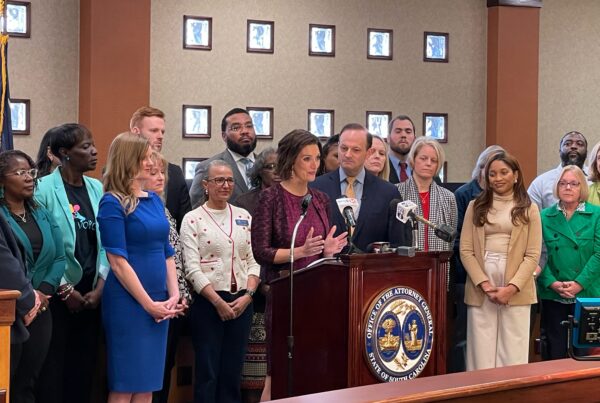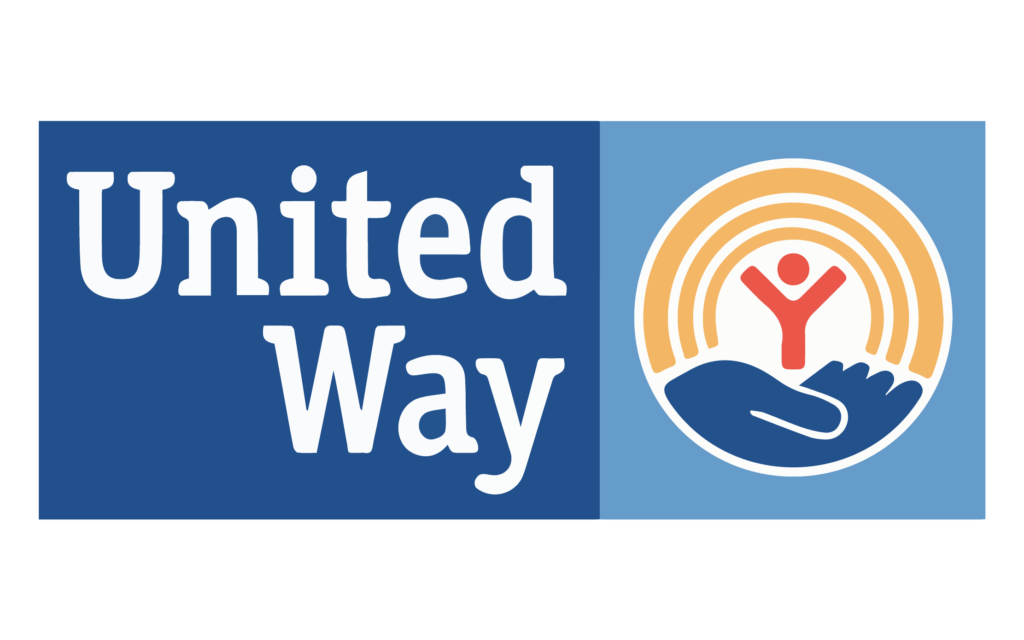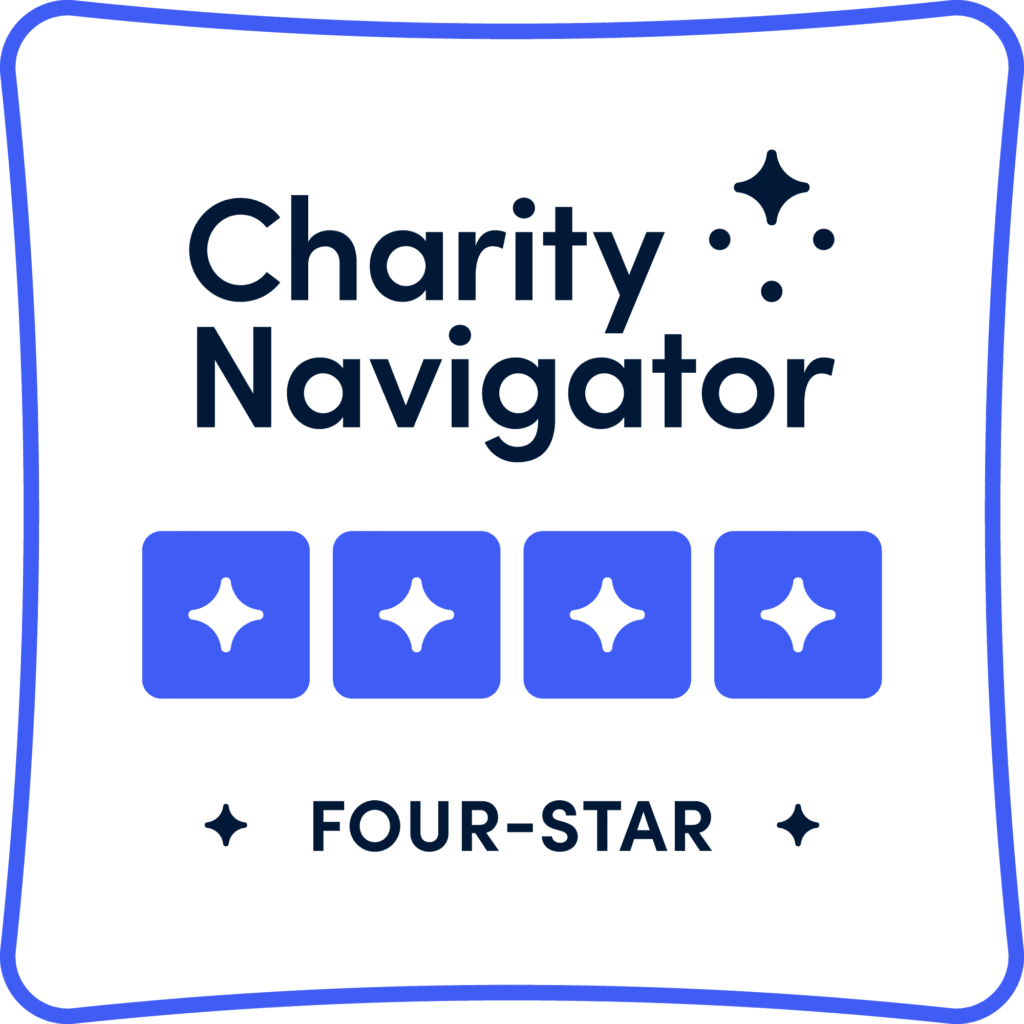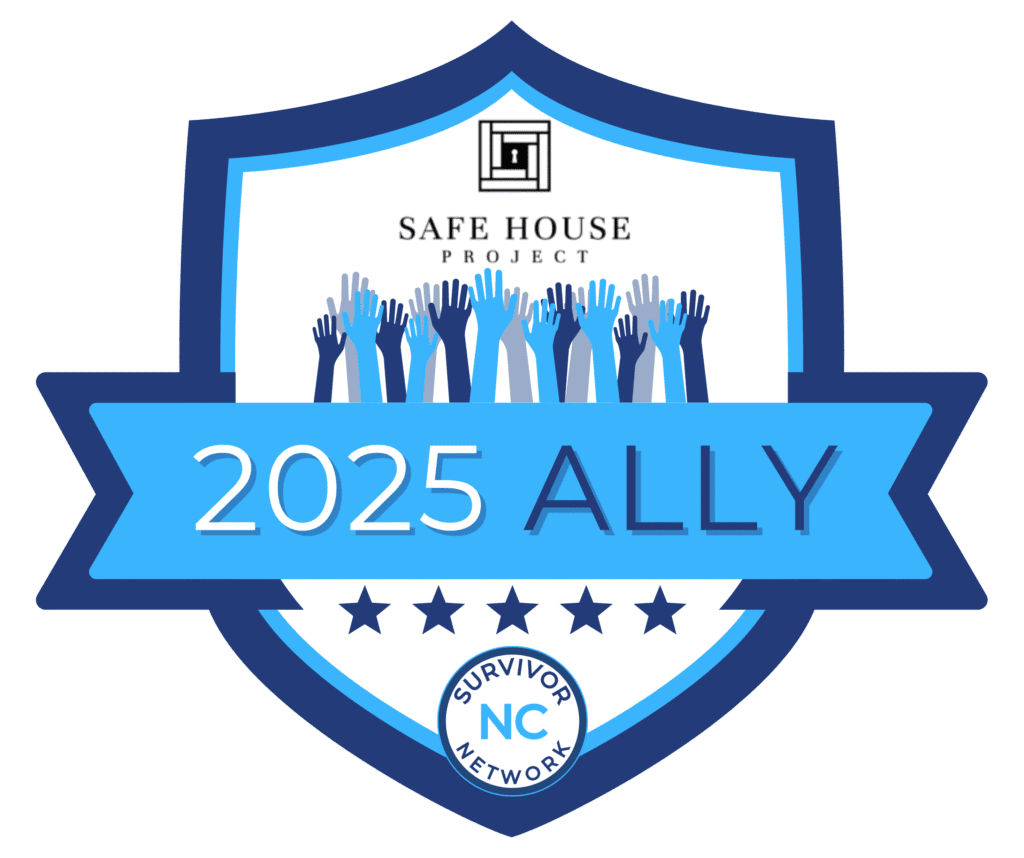Technology is redefining nearly every aspect of our world—from how we connect with one another to how we fight some of the darkest crimes against humanity. One such crime is human trafficking, a $150 billion industry that exploits more than 25 million people worldwide. While this crisis may seem insurmountable, advances in technology are equipping advocates, law enforcement, and nonprofits with new tools to fight back. Artificial intelligence, blockchain, and big data aren’t just buzzwords—they’re becoming essential weapons in the fight to protect vulnerable populations and dismantle trafficking networks.
At Safe House Project, we work at the intersection of survivor support, education, and community empowerment. Our mission is to increase survivor identification and provide safe, secure housing and long-term care. But to truly end trafficking, we must also innovate. That’s why we’re leveraging data and partnerships with tech leaders to scale identification, prevention, and protection efforts across the country.
In this blog, we’ll explore how technology is being used to fight human trafficking—and how you can be part of a data-driven movement to protect survivors and end exploitation.
Artificial Intelligence Is Becoming an Ally
Using AI to Detect Patterns in Trafficking Behavior
Artificial intelligence is now being used to track the untrackable. Traffickers often operate through subtle, coded language on social media, encrypted apps, and unindexed dark websites. AI tools can process millions of data points in real-time to detect suspicious activity, flag concerning language, and build predictive models that anticipate trafficking activity.
These systems aren’t just identifying keywords—they’re learning patterns. This includes recruitment tactics, travel anomalies, and behavioral shifts that align with known trafficking behavior. Law enforcement and social service agencies can then use these insights to investigate leads faster and more effectively than ever before.
AI Supports, but Doesn’t Replace, Human Identification
While Safe House Project’s OnWatch™ training empowers individuals to spot and report trafficking, it is not AI-powered. OnWatch™ is a human-centered tool that equips people with knowledge to recognize trafficking signs in everyday settings. Meanwhile, AI technologies can support broader identification efforts. For example, image recognition algorithms can flag online ads that suggest exploitation, and natural language processing can scan hotline calls or social media posts for signs of distress. When used alongside human action, this technology can dramatically improve the rate at which victims are identified, especially in underserved or overlooked communities.
Blockchain Is Creating Safer Systems for Survivors
What Is Blockchain?
At its core, blockchain is a type of digital ledger or database that records information in a way that is secure, transparent, and nearly impossible to alter. Instead of storing data in a single location, blockchain distributes it across a network of computers. Each transaction or update creates a new “block” that is linked to the previous one, forming a secure chain. This technology is most famous for supporting cryptocurrencies like Bitcoin, but its ability to store tamper-proof records makes it valuable in many other fields, including survivor care.
Creating Secure, Tamper-Proof Survivor Records
Blockchain technology, often associated with cryptocurrency, has profound implications for survivor care. When survivors transition from trafficking to freedom, they often lack consistent medical, educational, and legal records. Without these, access to care is delayed or denied.
By using blockchain, survivor information can be securely and anonymously stored, updated, and accessed by vetted organizations. This decentralized and tamper-proof system ensures that no matter where a survivor is placed, their care remains consistent and connected.
Protecting Survivors from Revictimization
A staggering 80% of survivors are re-trafficked if they don’t have access to safe housing and continued care. Blockchain solutions allow service providers like Safe House Project to track and verify which survivors are being cared for, by whom, and under what standards. This oversight reduces gaps, prevents fraud, and promotes accountability in the aftercare system.
Preventing Exploitation in Supply Chains
Beyond survivor services, blockchain is increasingly being used in the private sector to eliminate trafficking from supply chains. Companies can track the provenance of goods and labor, ensuring that ethical sourcing is not just a value, but a verifiable standard. This accountability extends pressure on traffickers operating in forced labor rings to exit the marketplace.
Big Data Is Driving Smarter Anti-Trafficking Decisions
Using Data to Map Trafficking Hotspots
Data-driven anti-trafficking efforts are helping to map out trafficking networks in ways never before possible. By analyzing hotline reports, victim demographics, and crime data, organizations can identify where trafficking is most likely to occur. This allows for more strategic allocation of resources, from awareness campaigns to law enforcement efforts.
At Safe House Project, we use internal and partner-sourced data to direct where we place safe homes, launch trainings, and mobilize volunteers. This ensures we’re responding to actual needs, not assumptions.
Analyzing Survivor Outcomes
Data doesn’t just help us identify victims—it helps us serve them better. With every survivor we support, we gather insights about what worked, what didn’t, and where interventions could improve. This feedback loop informs how we grow our programs, develop new trainings, and measure the impact of our emergency response efforts.
For instance, our 30/60/90-day check-ins with survivors allow us to collect meaningful data about post-placement success. When we notice patterns—like delays in medical support or challenges with job readiness—we act on that data in real-time.
Informing National Policy
Safe House Project is also part of the Trafficking Survivor Equity Coalition, helping to shape survivor-informed policies. Through data aggregation, we present lawmakers with the clearest picture of what survivors actually need, backed by evidence. This improves the quality of laws passed and ensures survivors are centered in the solutions.
Technology Is Only as Powerful as the People Behind It
Survivor-Led Solutions Must Remain Central
While anti-trafficking technology is advancing rapidly, it must always be survivor-centered. Survivors bring lived expertise that no algorithm can replace. They know what predators say, how they act, and what kinds of interventions feel safe. Every tool we build—AI, blockchain, or otherwise—must be informed and vetted by survivor voices.
That’s why Safe House Project ensures survivor leadership informs our programs, trainings, and certifications. Our national certification program for safe houses is written and reviewed by survivors to guarantee ethical, trauma-informed care.
Community Training Still Matters
Tech isn’t a substitute for human vigilance. That’s why we pair our data-driven anti-trafficking efforts with accessible training like OnWatch™, which equips everyday people to recognize trafficking in their neighborhoods, schools, churches, and workplaces. The result? A national safety net that combines people and platforms to create long-term change.
Technology Isn’t a Silver Bullet—Understanding the Risks
Tech Without Trauma-Informed Strategy Can Cause Harm
Technology is a powerful tool, but it is not a solution by itself. When AI or data-driven models are deployed without survivor-informed oversight, they risk reinforcing harmful narratives or oversimplifying complex trauma. For example, automated systems that rely solely on keyword detection may flag false positives or miss nuanced cases, particularly in communities of color or with non-English-speaking survivors. This can lead to misidentification, retraumatization, or even criminalization of survivors.
At Safe House Project, we don’t rely on algorithms alone. We combine technology with training, trauma-informed practice, and direct survivor engagement to ensure that every action we take is rooted in care, not just code.
Privacy, Security, and Ethical Use Must Be Non-Negotiable
Handling survivor data is a sacred responsibility. The same blockchain that creates a secure record can become a vulnerability if accessed improperly. AI that flags trafficking risks must also protect the privacy and dignity of those it’s designed to help. Survivors deserve systems that see them not as case numbers, but as people with agency, autonomy, and futures.
This is why we rigorously vet all our partnerships, platforms, and processes to ensure compliance with survivor-informed ethics and security best practices. Survivors aren’t subjects of our systems—they’re the architects of how we build them.
How You Can Join the Fight
Support Tech-Enabled Care
Every dollar you give to Safe House Project helps support innovation in survivor care. Whether it’s developing AI tools, training healthcare workers, or expanding safe house capacity, your donation helps turn bold ideas into life-saving action.
Stay Informed and Take Action
Share this article. Get trained. Technology alone won’t end trafficking, but people like you using it wisely just might. Let’s make sure we’re combining compassion with action, and innovation with integrity.
Conclusion
Fighting trafficking requires more than empathy—it requires strategy. With the right technology and survivor-centered values, we can identify victims faster, dismantle networks more effectively, and provide real, lasting care to those who need it most.
Artificial intelligence, blockchain, and data aren’t just tools—they are extensions of our values. At Safe House Project, we believe in using every resource available to make the world safer for children, survivors, and future generations.
Traffickers are adapting. So must we.
Safe House Project
At Safe House Project, we are committed to increasing survivor identification beyond 1% and ending child trafficking in the United States. Through survivor-informed programming, certified safe housing, and strategic innovation, we are building a future where every child is protected and every survivor can thrive.
Ready to take the next step? Donate today, take the OnWatch™ training, or sign our petition to advance survivor-centered legislation. Let’s use data, technology, and compassion to build a world where trafficking can’t hide.




